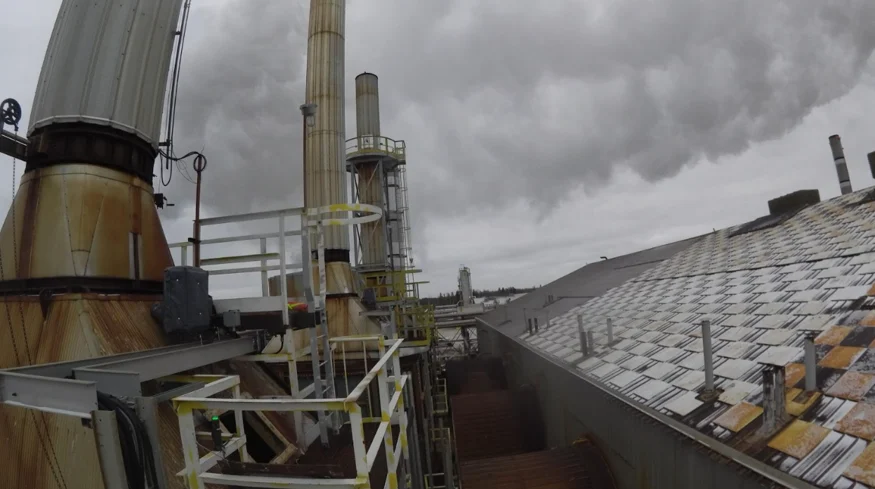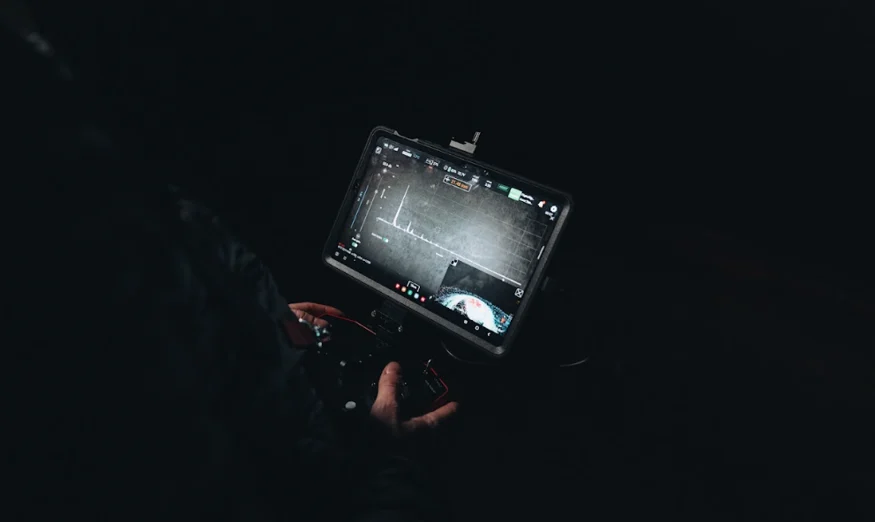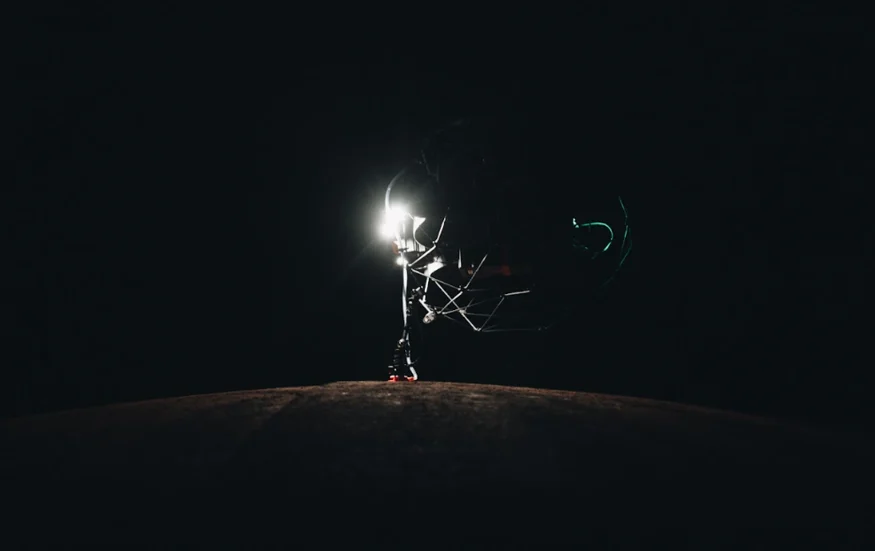Drone Inspection of a Stack Using the Elios 3 UT
The Elios 3 UT was used to inspect the interior of a stack, eliminating the need for external insulation removal and delivering precise, repeatable results suitable for regular maintenance checks.
Key Benefits at a Glance
|
Access The Elios 3 could access the inside of the stack without requiring any external work. This eliminated the need for specialists to remove insulation, saving time and reducing risk. |
Safety No high-risk work was required. The team conducted flights from a warm, safe area instead of working in cold, hazardous outdoor conditions. |
|
Adaptability The Elios 3 UT could operate beyond visual line of sight to take UT measurements in areas that were otherwise inaccessible from the outside. |
Reporting The data collected was clear and detailed, providing valuable insights into the condition of the stack. This helped with record-keeping and planning future maintenance tasks. |
Industrial stacks require regular inspections to ensure they are safe and operational. Visual inspections are typically done several times a year, while more detailed structural assessments are performed every 3 to 5 years. These inspections help identify potential issues early and support proactive maintenance strategies.
When a visual inspection reveals signs of damage—like corrosion or cracking—a more in-depth analysis is needed. That's where ultrasonic testing (UT) comes in. UT allows asset managers to measure the thickness of materials and assess their condition against industry standards. Accurate UT data can determine whether a structure is still safe or if immediate action is required.
Why a Service Provider Chose a UT Drone Inspection
Osprey Integrity provides UAV services that help reduce risks and lower costs for clients like BC Hydro, Suncor, Cenovus, Canadian Natural Resources, and Holcim across North America. In 2023, they were tasked with inspecting an industrial stack at a CNRL oil and gas facility in Northern Alberta.
The stack was part of a once-through steam generator (OTSG), which converts water into superheated steam. It operated under extreme temperatures, reaching up to 180°C. Insulation was applied to manage heat, but this made traditional internal inspections difficult and risky.

The insulated stack being inspected
To avoid removing the insulation, Osprey Integrity opted for an internal visual inspection using the Elios 2 or Elios 3. However, when signs of degradation were found, a more precise method was needed—ultrasonic thickness measurement (UTM).
Traditional UT methods required specialized teams to climb the stack, remove insulation, and then conduct measurements. This process was time-consuming, costly, and posed safety risks. Instead, Osprey decided to test the Elios 3 UT as a safer and more efficient alternative.

Thanks to the Elios 3’s camera, it is possible to complete UT inspections beyond the visual line of sight. The Cockpit app also allows manual adjustments to gain and gates.
How the Elios 3 Conducted Ultrasonic Testing
The goal of the project was to demonstrate how the Elios 3 UT compared to traditional methods. The drone had to prove its effectiveness in collecting accurate data without compromising safety or efficiency.
The Elios 3 was able to fly inside the stack through a small access point, eliminating the need for cranes or elevated platforms. This not only saved time but also reduced the risk associated with working at height.

The Elios 3 entered the stack through a small opening
Once inside, the pilot navigated to the targeted section of the stack and began taking measurements. The Elios 3 is designed to withstand contact, making it ideal for UT applications. It successfully took four measurements in different directions, completing the task in just minutes thanks to its advanced design and couplant delivery system.

This prototype UT probe featured a magnetized hood to attach to the inner surface of the stack
The entire process took less than an hour, far quicker than traditional methods. Plus, no disruption was caused to the external insulation, which would have been necessary with conventional approaches.
What Makes the Elios 3 UT Payload So Effective?
Osprey Integrity identified several key advantages of the Elios 3 UT payload that made it stand out from traditional UT methods:
- Repeatability. The Elios 3 allowed for consistent, repeatable measurements. Pilots could tag specific points in the drone’s point cloud, making future inspections faster and more accurate. This helps track corrosion rates over time and plan maintenance effectively.
- Real-time feedback and recording. The pilot could view the A-scan in real time and even adjust measurements if needed. This ensured accuracy and avoided the need for re-inspections later on.
- Enhanced access. The Elios 3 could reach tight spaces that other UT solutions couldn’t. Its ability to collect both LiDAR and visual data alongside UT measurements makes it a versatile tool for confined areas.
- Flexible design. The collision-tolerant frame and adjustable arm of the UT payload gave pilots the flexibility to adapt to different measurement points. This increased confidence in getting accurate readings on the first attempt.
 The Elios 3’s articulated arm adjusts to fit the needs of each inspection
The Elios 3’s articulated arm adjusts to fit the needs of each inspection
Learn More About the Elios 3 UT Payload
The Elios 3 UT payload was launched in March 2024 and is now available for delivery. It offers a powerful solution that improves safety, reduces costs, and saves time without sacrificing data accuracy. As part of Flyability’s expanding NDT capabilities, it opens new possibilities for non-destructive testing across multiple industries.
Osprey Integrity recently shared their experience with the Elios 3 UT during Flyability’s User Conference in March 2024. They highlighted how the technology impressed CNRL during the first mission and confirmed its value for future UT inspections.
Discover more about the Elios 3 UT payload
Luohe Letone Hydraulic Technology Co., Ltd , https://www.litonghose.com
